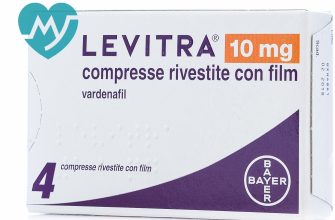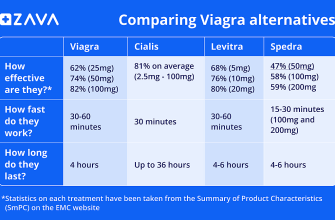Prednisolone can significantly alleviate feline inflammatory conditions; however, close veterinary supervision is paramount. Administering the correct dosage, based on your cat’s weight and specific ailment, is critical for optimal results and minimizing side effects.
Expect potential side effects like increased thirst and urination, increased appetite, and changes in behavior. Regular monitoring by your vet allows for prompt adjustments to the treatment plan, ensuring your cat’s comfort and safety. Your veterinarian will provide detailed instructions, including frequency and duration of treatment.
Never abruptly stop prednisolone treatment. Sudden cessation can trigger serious health complications. Instead, gradually reduce the dosage under your vet’s guidance. This controlled tapering prevents adverse reactions and supports your cat’s recovery. This careful approach safeguards your cat’s well-being during and after treatment.
Remember, this information is for educational purposes only and should not replace professional veterinary advice. Always consult your veterinarian before starting or altering any medication regimen for your cat. They can provide personalized advice tailored to your cat’s individual needs and health condition. Accurate diagnosis and specific treatment strategies are crucial for a positive outcome.
Prednisolone Dosage and Administration in Cats
Your veterinarian will determine the precise prednisolone dosage for your cat, based on factors like weight, condition severity, and individual response. Typical dosages range from 0.5 to 2 mg per kilogram of body weight, administered once or twice daily. This means a 5 kg cat might receive 2.5 to 10 mg daily.
Administration methods vary. Prednisolone tablets can be given directly or hidden in food. Liquid formulations offer flexibility, especially for cats who refuse pills. Your vet will guide you on the best method for your cat.
Consistent administration is vital. Follow your vet’s instructions carefully. Missing doses can disrupt treatment. Observe your cat for any side effects. Common side effects include increased thirst, urination, and appetite. Less common, but potentially serious, side effects include vomiting, diarrhea, and behavioral changes. Report any unusual symptoms immediately to your veterinarian.
Monitoring is crucial. Regular veterinary check-ups allow for adjustments to the dosage or treatment plan as needed. Blood tests might be recommended to monitor your cat’s response and detect potential complications.
Never adjust the dosage without consulting your veterinarian. Sudden changes can be harmful. Prednisolone’s effects can linger, so gradual tapering under veterinary supervision is necessary when discontinuing treatment. This minimizes withdrawal symptoms and ensures your cat’s well-being.
Recognizing and Managing Prednisolone Side Effects in Cats
Monitor your cat closely for increased thirst and urination; these are common side effects. Provide fresh water freely and check urine output. Increased appetite is also expected; adjust food portions accordingly to avoid weight gain.
Gastrointestinal Issues
Prednisolone can upset your cat’s stomach. Watch for vomiting or diarrhea. If these occur, discuss dietary adjustments with your vet. They might recommend bland food or medication to ease digestive upset.
Other Potential Side Effects
Observe for changes in behavior, such as increased aggression or lethargy. Skin changes like thinning hair or increased susceptibility to infections are also possible. Regular veterinary check-ups are critical to catch and manage these issues. Long-term use can lead to elevated blood sugar; regular blood tests are recommended to monitor this.
Remember to follow your vet’s instructions precisely regarding dosage and duration of treatment. Do not abruptly stop Prednisolone; always taper off under veterinary guidance to prevent complications.
When to Contact Your Veterinarian
Contact your vet immediately if you notice significant changes in your cat’s behavior, appetite, or elimination habits. Severe vomiting, diarrhea, or lethargy require prompt veterinary attention. Regular communication with your veterinarian is key to successfully managing your cat’s Prednisolone treatment and mitigating side effects.





